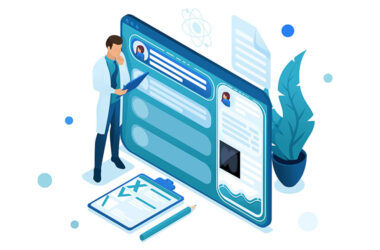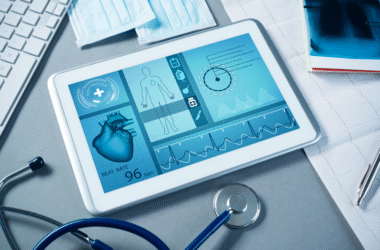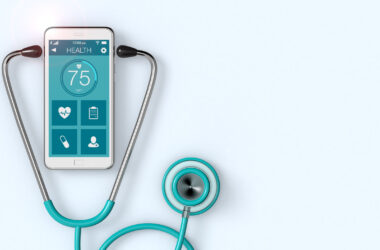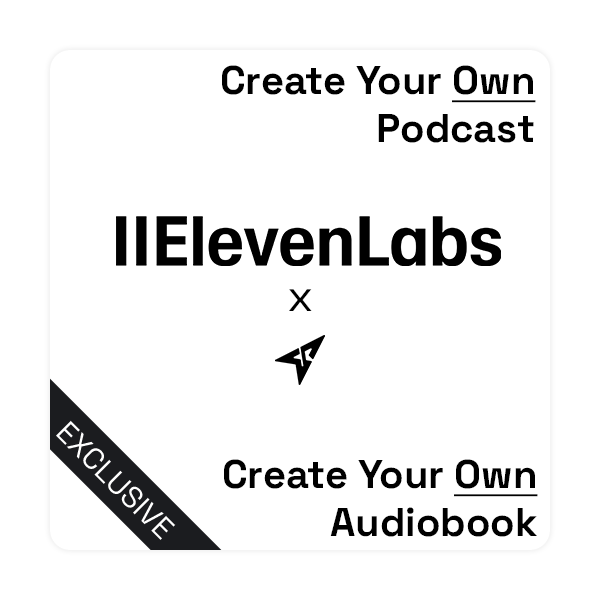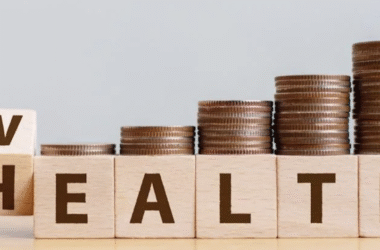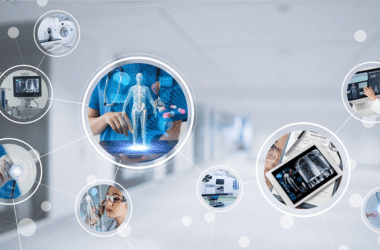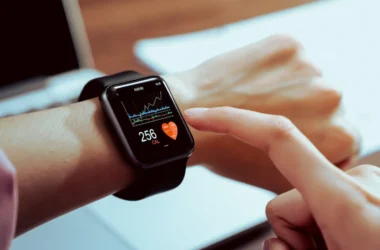Digital Healthcare is meanwhile transforming the ways individuals are educated on issues of health and the methods by which they remain in touch with their local communities. The emergence of mobile apps, online clinics, and social websites has given people the means to discuss health, learn directly from the professionals, and help one another in a better way. This does not only mean that doctors will be giving online advice. It is also a story of people assisting people, learning how to do it together, and form healthy routines through the assistance of basic tools.
Why Community Engagement Matters in Healthcare
Individuals when they feel engaged in their health end up taking proper care of their health and families. Good relationship between the health professionals and the community members can make people feel listened to and accepted. It is also a way to gain trust which is valuable when disclosing personal medical information or undergoing experimental treatment.
As an example, the local health centers which share the updates by mobile apps and answer questions are more likely to be followed by people in terms of medical advice. According to the study conducted by the Pew Research Center, approximately 81 percent of the Americans own smartphones, and a number of them access health information through these gadgets. It implies that healthcare groups get a direct contact to hands and pockets of people, and as a result they are brought closer to the place where health education is needed.
How Digital Healthcare Helps with Health Education
Online tools can make health education easier to understand and more accessible. For instance, a mother in a village can learn about child nutrition through a video shared by a local clinic. A teenager can find out how to deal with anxiety by reading a blog written by a mental health nurse. These tools offer answers without needing to wait for a doctor’s visit.
Apps like MyChart or Ada Health give users fast access to facts about symptoms, test results, and tips on managing health problems. These tools don’t replace doctors but they give people a head start. They also make users feel more confident when talking to a professional.
Also, the World Health Organization reported that more than 60% of people worldwide lack basic health knowledge, which often leads to late diagnosis or poor health habits. So, by teaching people early and in easy ways, digital healthcare can help stop problems before they grow worse.
Building Health Communities Through Digital Tools
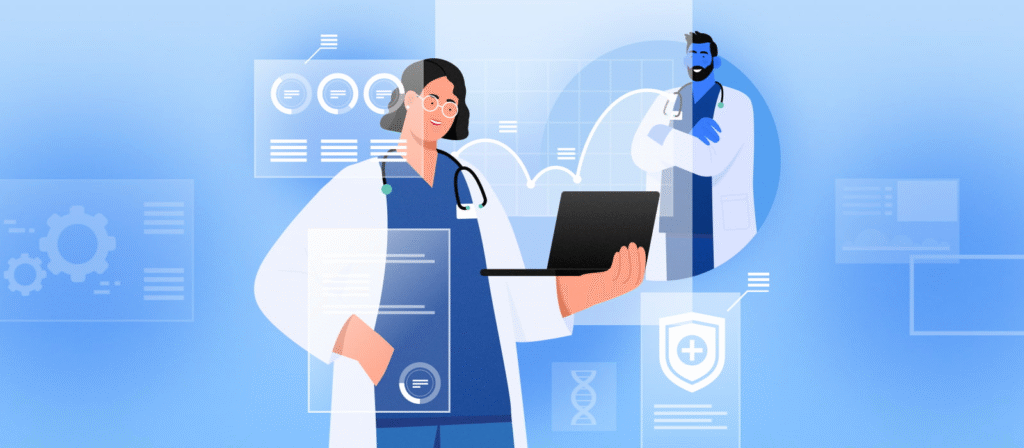
Many online groups now bring people together around health issues. Social platforms like Facebook or WhatsApp are full of support groups for those dealing with diabetes, cancer, heart disease, or mental health. People share their stories, ask questions, and give advice. This peer-to-peer support often feels more real than expert-only talks.
Also, hospitals and clinics have started online events where doctors answer questions live. Schools run webinars for parents about common child illnesses. Local governments send alerts about vaccinations or health risks through text messages. These efforts are making health information part of everyday life.
In fact, Kaiser Family Foundation shared that people are 47% more likely to follow health advice from a community group they trust than from a random source. This shows that when health messages come from familiar places, they work better.
Making It Easier for Everyone to Join In
One problem with traditional healthcare is that it often leaves some people out. Those who live far from hospitals, have no transport, or can’t read well may miss out on important care. Digital tools help fix that by giving more ways to reach those people.
Voice messages, video lessons, and visual tools can help people who have trouble reading. Phones and tablets work in remote areas, even with slow internet. Also, services can be set up in local languages to make sure everyone understands the advice.
A good example is the mobile health program in India where more than 25 million women received voice calls in their native language about pregnancy care. This led to fewer health problems and more hospital visits for safe childbirth.
Digital Healthcare Is Not Just for Tech Experts
Some people think that online health tools are only for the young or the tech-savvy, but this is not true. Older people are also learning to use mobile phones and apps with help from family or support centers. Health workers now go door to door teaching how to use phones to book appointments, track medicine, or watch helpful videos.
Many health systems are also making their websites easier to use. Big buttons, fewer clicks, and less text help people who may not feel confident using technology. When healthcare feels easier to use, more people will use it.
And according to the National Center for Health Statistics, about 89% of adults aged 65 and older say they are open to using digital health services, if they are easy and reliable. That means the tools just need to be friendly and useful.
What Still Needs Work
Even with all the benefits, digital healthcare has some challenges. Some areas still have no internet. Some people do not trust online services or worry about their data being stolen. Others need training to feel safe using digital tools.
To fix these issues, healthcare groups need to listen more. They should ask people what they need, make services safer, and build systems that work even offline. They should also work closely with schools, churches, and local leaders to spread the word.
It also helps to test new tools in small areas before using them everywhere. That way, it’s easier to see what works and what doesn’t.
Final Thoughts
Digital healthcare gives people more chances to learn about health, talk to others, and stay connected to care. It is not just about apps or websites. It is about creating tools that help people take small steps every day toward better health. When done right, these tools can bring communities closer, help people feel more in control, and make health education part of regular life.

